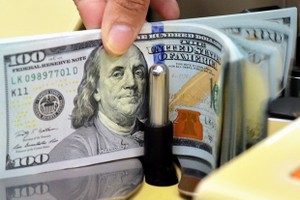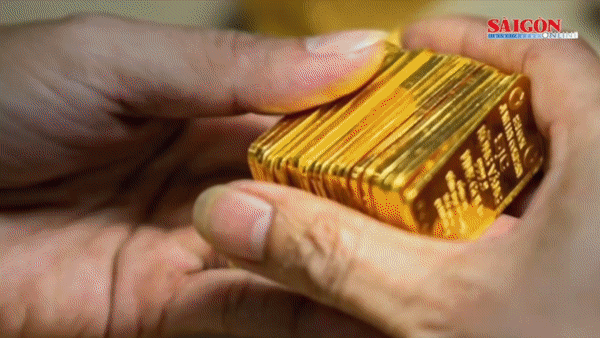The State Bank of Vietnam says it will keep the requirements of credit growth at below 20 percent and lending to non-productive sector limited to 16 percent by the end of this year unchanged although inflation is expected to slow down.

Interbank interest rate has stabilized, with overnight rate for interbank electronic payments amounting to below 13 percent per annum compared to the cap of 14 percent per annum, an official from the central bank’s Monetary Policy Department said.
Most loans on the interbank market are in long terms ranging from 6 months to 8 months, showing that commercial banks’ liquidity was improved remarkably, he noticed.
However, the interest rate on dong deposits remains relatively high despite recent decreases, while the deficit of local rates on dollar deposits and loans is still higher than other countries’, he warned.
“Therefore, the central bank is seeking solutions for adjusting interest rate to the levels, which can be adequate for the government’s macroeconomic goals,” he told Dau Tu Tai Chinh Newspaper.
The State Bank of Vietnam in March recognized a rate cap of 14 percent on dong deposits that had been established earlier by the country’s bank association.
Truong Van Phuoc, general director of Ho Chi Minh City-based Eximbank, said the government’s tight monetary policy was efficient, but high interest rate put a lot pressures on local businesses.
“The declining interbank rate show that interest rate is going down. And with the slowing inflation, the central bank is set to loose the monetary policy, encouraging loans on productive sectors,” said Ly Xuan Hai, general director of Asia Commercial Bank.
Commercial banks have been ordered to cut back on lending to the non-production sector, which includes the stock and real estate markets. The goal is to limit credit in this sector to 16 percent by the end of the year.
Statistics show banks’ lending increases 7 percent in the first five months of the year, showing that the credit growth rate has been under control, financial experts say.
The State Bank of Vietnam is trying to keep credit growth at below 20 percent this year in an attempt to control inflation, which stood at nearly 20 percent last month.
However, figures from the state bank show lending growth of 10 large joint stock banks reached 20 percent last week and two small lenders including VietBank and Western Bank exceeded the limit.
There are 16 lenders with credit rate on non-productive sector amounting to more than 22 percent.
Duong Thu Huong, general secretary of the Vietnam Banks Association, said the central bank’s requirement of reducing credit to non-productive sectors to 22 percent by December 31st, 2011 was “adequate”.
However, Huong recommended that the state bank should reconsider on the goal of cutting credit in the sector to 16 percent by the end of the year as many lenders already signed agreements to offer loans in 2-5 years.
Responding to local commercial banks, the central bank says lenders still have to comply with the regulations on credit growth rate and the cap on lending to the non-productive sector.
“The onus is on the state bank to continue to implement the monetary policy tightly, flexibly and in a way that is adequate for the government’s goals of taming inflation,” said governor Nguyen Van Giau of the State Bank of Vietnam.
“In principle, as the consumer price index (CPI) declines, the state bank will release measures to cool off the increasing interest rate.”
The latest figures from the central bank show the average rate on dong deposits of lenders is 15.5 percent per annum, while the average rate on dong loans reaches 18.74 percent per annum, a year-on-year increase of 3.74 percent.
Credit rate on non-productive and productive sector amounts to 18-19 percent per annum and 22-25 percent per annum respectively.
























